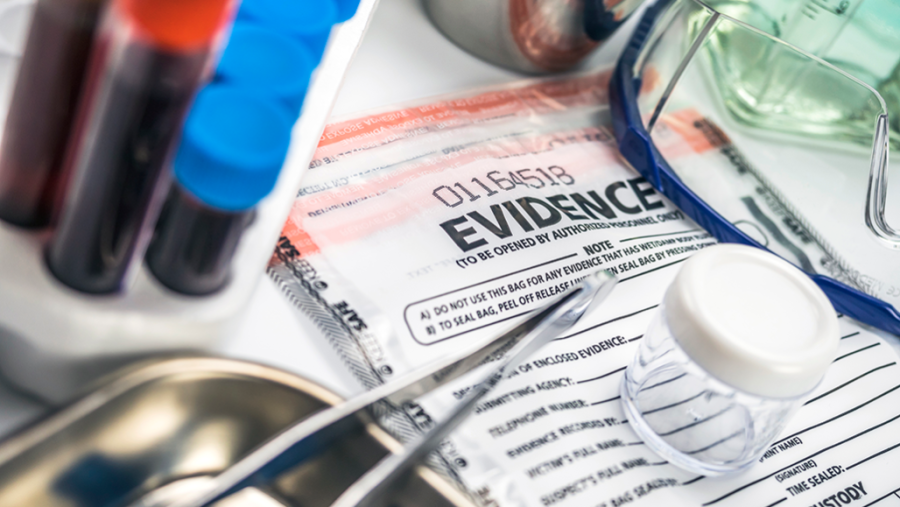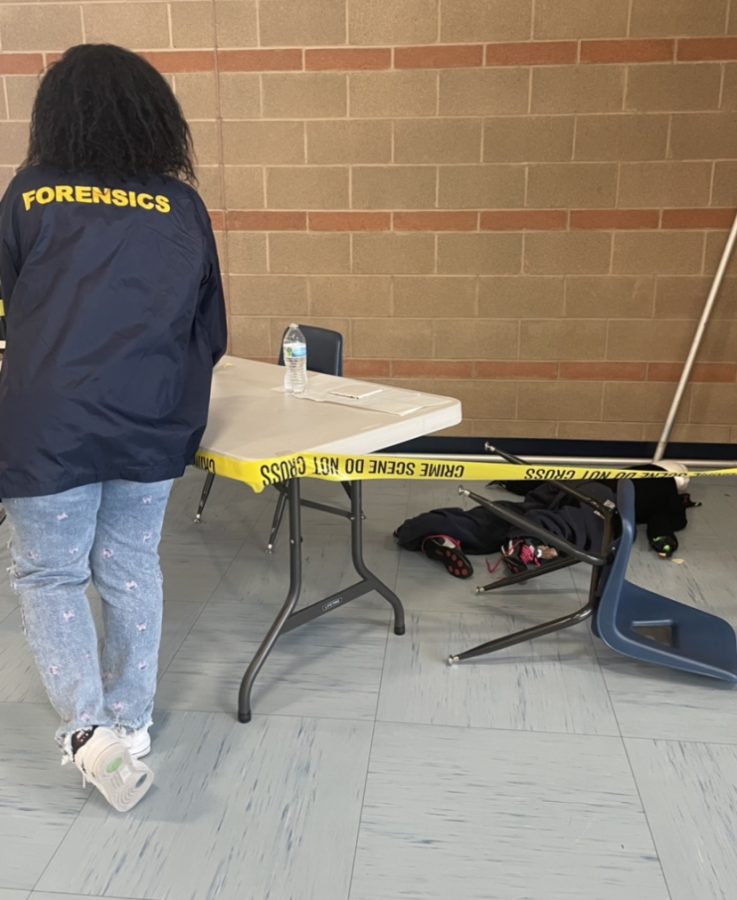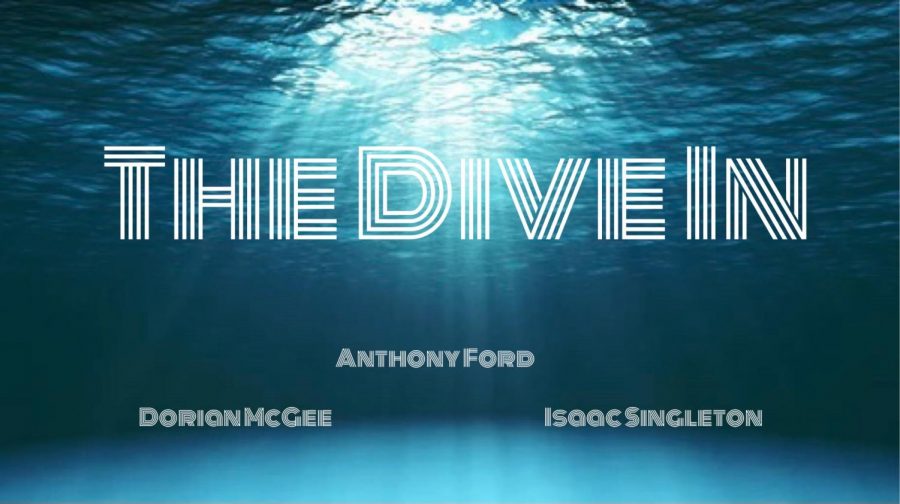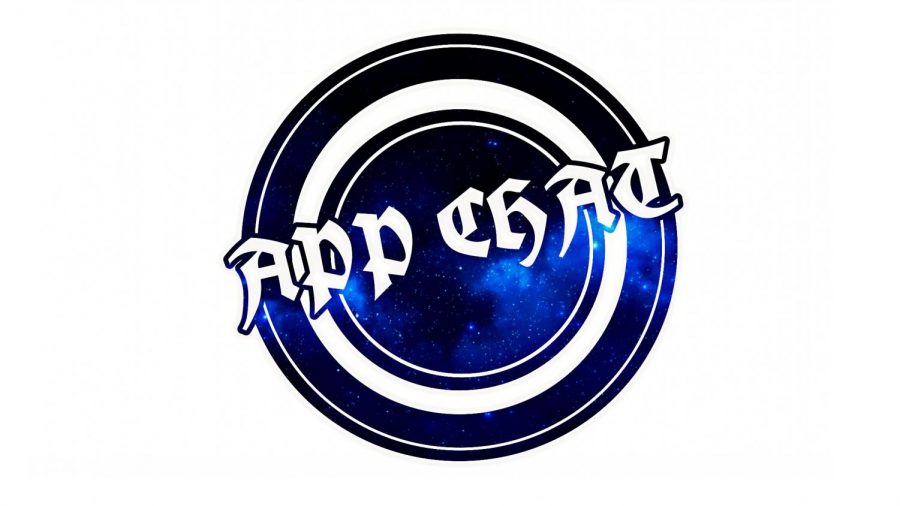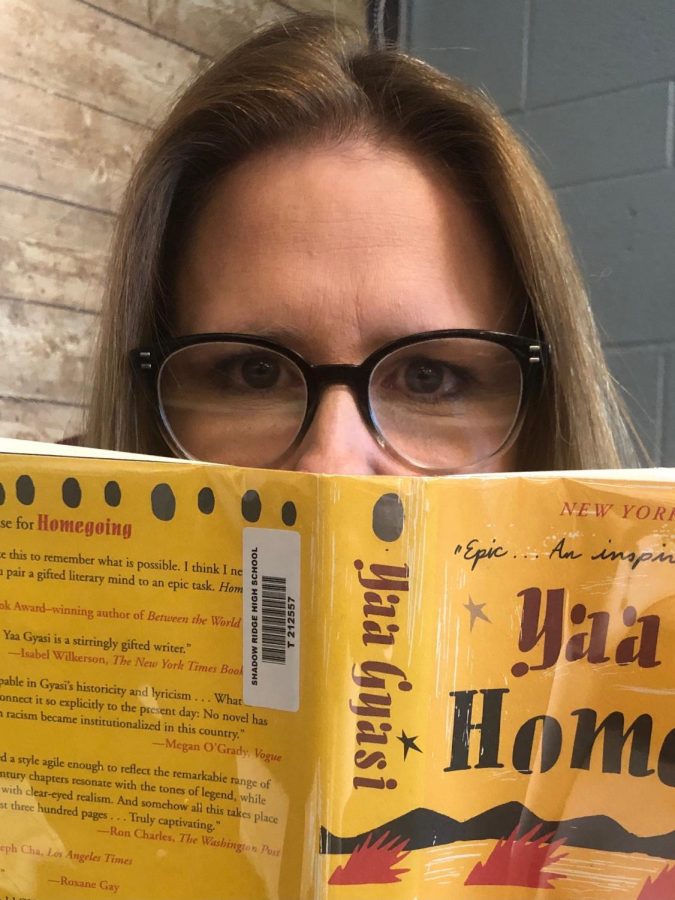Fun in Forensics!
Photo Courtesy of: Google Images
Handling evidence is one of the many topics learned when taking Forensic Science
March 28, 2022
Shadow Ridge is one of the few high schools to offer Forensic Science as an elective class for students. The course introduces the basics of crime scene investigation realistically and allows for students to interact with various pieces of equipment to further their knowledge about the field.
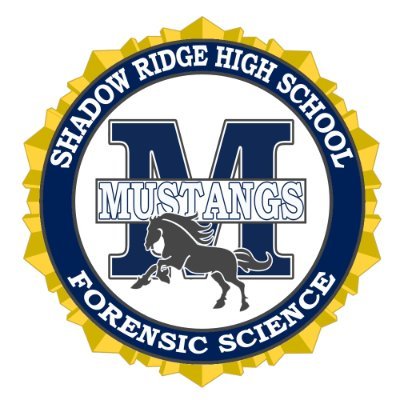
The levels of the course go as follows: Forensic Science I, Forensic Science II, Forensic Science III Honors, and the final class available is Forensic Science Advanced Studies. Each year, the course introduces new topics and keeps students intrigued. The first-years are put into a workplace environment and interact with each other through group assignments often. The class is heavily collaborative and keeps students engaged.
Noah Yock, a Forensics III student, has been affected so greatly by the class that he has decided to pursue a career in the law and justice path.
“I enjoy being in Forensics so much,” he tells. “It’s an amazing experience and I have met so many good people in it, not to mention how interesting the class is. I actively go there wanting to learn more every day.”
Forensics is a Career and Technical Education course as well. In that, it fulfills an elective credit required for high school graduation. With that in mind, though, students should be aware of the workload and the responsibilities that come with being a part of the Forensic Science department.
Leandra Placencia is a Forensics III student that is mindful of the true nature of the class.
“If [students] are interested [in Forensics] they should know that although it is fun to do, it takes a lot of serious effort and work when working on scenes,” she shares.
Fingerprinting is one of the many topics learned in the course. It is also a favorite among the students taking the class. Dusting for fingerprints, learning about their significance, and even getting to test out different powders keeps each student attracted to what the course has to offer.
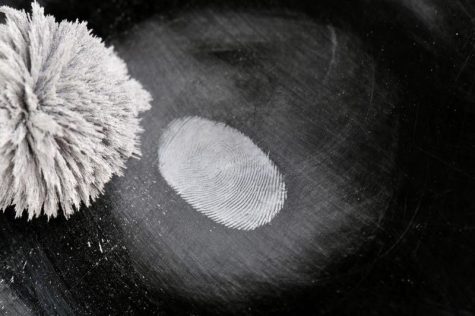
“Our class is definitely one of the more hands-on learning environments,” Megan Crowder, a Forensics III student, says. “We take notes on [a topic] for a day. Then, we actually do it and find the best technique for us to create good and accurate results.”
Moving up in the course opens up many opportunities for students. While the first few years are filled with workplace preparation, the more advanced ones are given the chance to create a crime scene for underclassmen to investigate. Supervising and moving them along a true investigation is interesting on both ends. The upperclassmen are able to see how many different perspectives there are while also testing their own skills when being asked questions on the spot. The underclassmen learn how to apply their knowledge to an interactive scene and how to collaborate with their team members smoothly.


